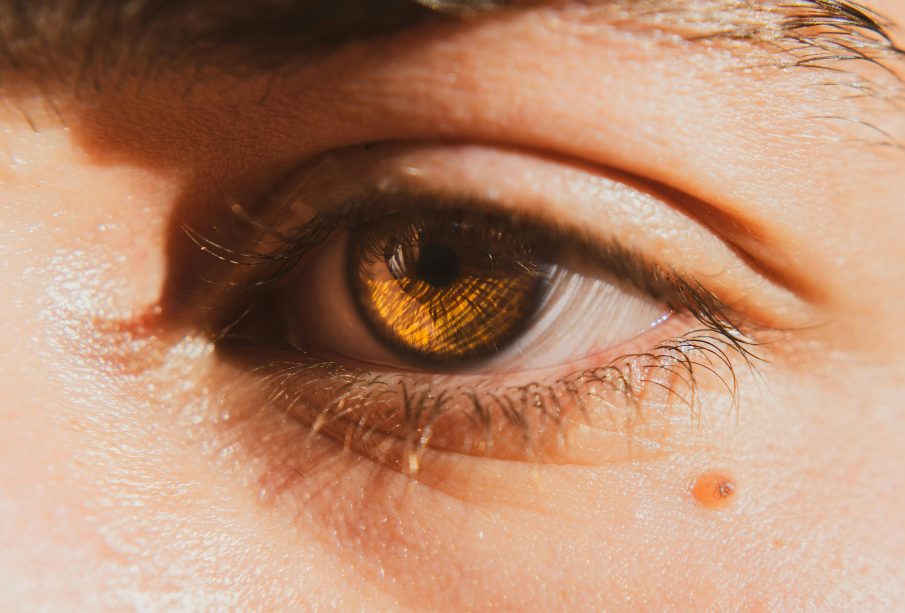
While many have heard the word monkeypox, few could accurately state exactly what monkeypox looks like. Monkeypox: The monkeypox virus causes this disease, which often exhibits characteristic signs but can also be easily confused with other infections. The sooner it is identified, the better the chance a person has to get treatment quickly and limit the spread. In this post, we highlight the typical visual features of monkeypox, along with a brief overview of possible accompanying symptoms.
Symptoms Before the Rash
Those infected will typically experience non-specific symptoms similar to those seen with the flu before any obvious rash develops. These indicate a few days after exposure, including:
- Fever
- Fatigue
- Muscle and body aches
- Chills
- Headache
- Swollen lymph nodes
Enlarged lymph nodes, which accompany all other symptoms, set this well-publicised rash-causing disease apart from others, for example, chickenpox. Swelling is usually found in the neck, armpits, or groin and can feel tender.
How the Rash Develops
The rash usually starts one to three days after the fever begins. It can occur anywhere on the body; however, it commonly starts on the face and spreads to other areas. Notably, the rash develops in stages, and the visual clues are clear:
- Flat Spots (Macules): In the first stage, the skin has small, superficial spots that appear brownish in colour. Depending on the skin tone, it can appear slightly red or a bit darker than the surrounding skin.
- Raised Bumps (Papules): Within 24 to 48 hours, these areas become elevated and firm. The skin manifests small, elevated lesions that can be itchy or uncomfortable.
- Fluid-Filled Blisters (Vesicles): Those bumpy areas swell rapidly with a clear fluid. At this stage, the rash looks like small blisters similar to those seen in chickenpox.
- Pus-Filled Lesions (Pustules): Over time, that fluid becomes cloudy or yellowish and creates pustules within the blisters. These are hard and usually tender on palpation.
- Scabs and Healing: Over time, the blisters will scab over and crust. They might leave tiny scars as they heal or patches of skin that are darker than the rest, and these take time to fade.
In fact, the entire ordeal of having a rash to clearing up can last anywhere from two to four weeks.
The Location of the Outbreak on the Body
Although typically starting on the face, hands and feet, monkeypox rashes can also be found in the mouth, on the genitals, and on the chest. In some cases, only a few lesions are visible, whereas hundreds may appear in others. It is more common than widespread and varies in intensity depending on the host’s immune response and the type of virus.
- Distinctive Features to Recognise
- Monkeypox is recognisable for a few visual details.
- All lesions appear within the same developmental stage of the body.
- Rashes tend to be bilateral and symmetrical.
- The scabs can be dark and thick, like other viral rashes.
- The aseptic lesion is usually firm, widely infiltrating, deeply anchored, and not soft, and it can be ruptured.
- Awareness of these features helps differentiate monkeypox from chickenpox, measles, or allergic rashes.
Duration and Discomfort
The disease typically lasts between two and four weeks. While the main source of discomfort is the rash itself, itching, tenderness, and sensitivity can persist throughout the healing process. Keeping the area clean and avoiding scratches will help prevent infection and scarring.
Care and Prevention Tips
And while you should always seek medical attention if you suspect that you have monkeypox, the following habits can ease symptoms and reduce the risk of transmission:
- Keep rashes clean and dry.
- Do not touch or pick at the lesions.
- Perform hand hygiene using soap and water regularly.
- Use separate towels and bedding.
- Wear loose, breathable clothing.
- By doing so, you can save others from this plague while also facilitating a quicker recovery.
When to Seek Medical Attention
People with an unexplained rash accompanied by fever or swollen lymph nodes should see a healthcare provider. Prompt consultation will enable the establishment of a diagnosis and, hence, avoid complications. To limit exposure to others, these experts can recommend isolation while someone is in the infectious stage.
Final Thoughts
Knowing what monkeypox looks like can help people detect early warning signs and take action quickly. While the disease is painful, the majority of people get better with care and rest. Being the watchful eye, you know your body even the slightest changes in rashes should have the well-being and hygiene practice in mind, and in the far from thoughts of receiving any medical advice at the earliest plus at the very sight of any unusual rashes can contribute much to the spread and stay easily safe from this illness, as they say better safe than sorry.
What is Solar Plexus: Causes, Symptoms, Treatment
November 7, 2025Common Flu Shot Side Effects
November 6, 2025What Is NAD Supplement and How Does It Work?
August 8, 2025
Leave a reply Cancel reply
You must be logged in to post a comment.
-
Relax Your Soul In Remuera
July 13, 2020 -
What is the Importance of an 11 Month Warranty Inspection
December 12, 2023 -
Looking To Hire Gib Stopping Experts? Here Are The Tips
July 27, 2024





